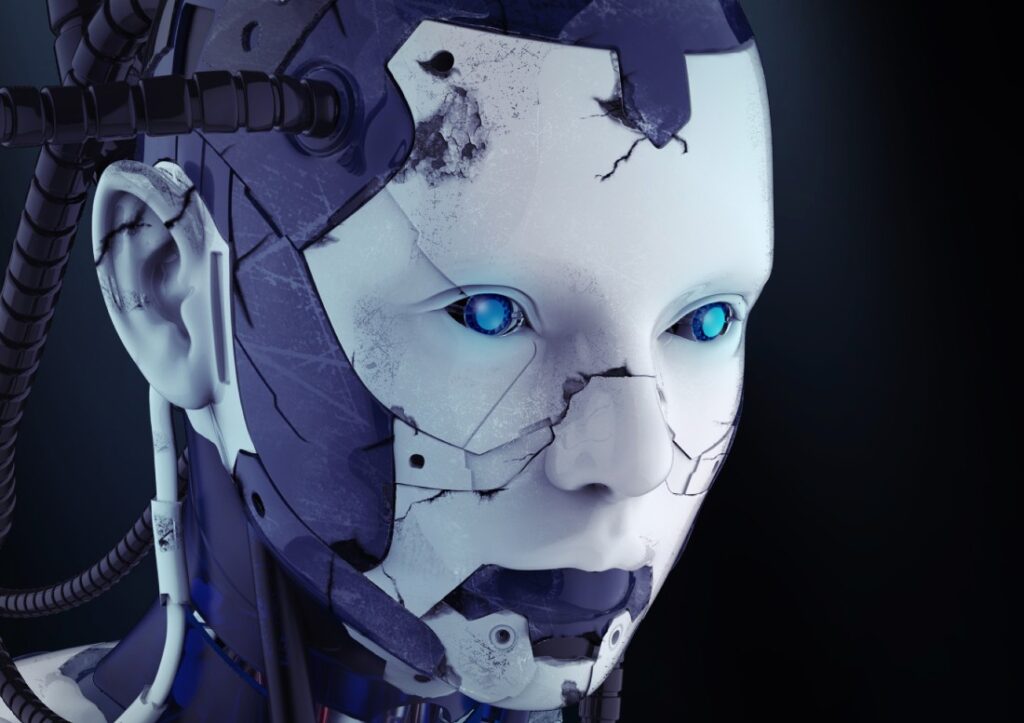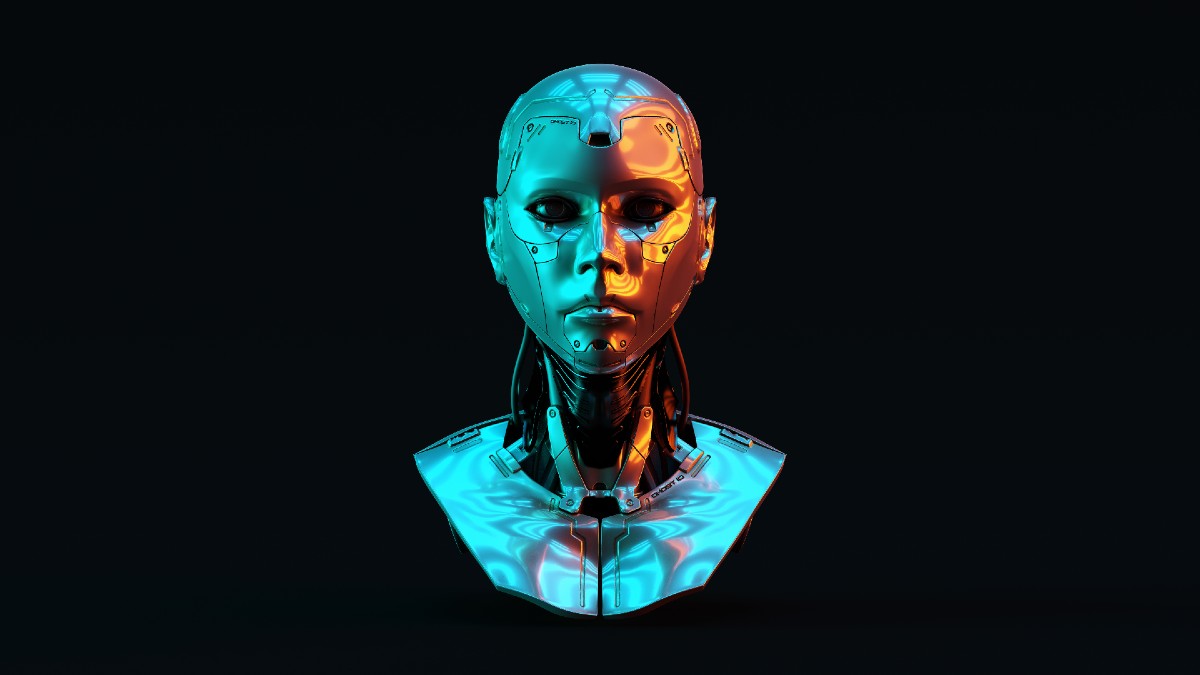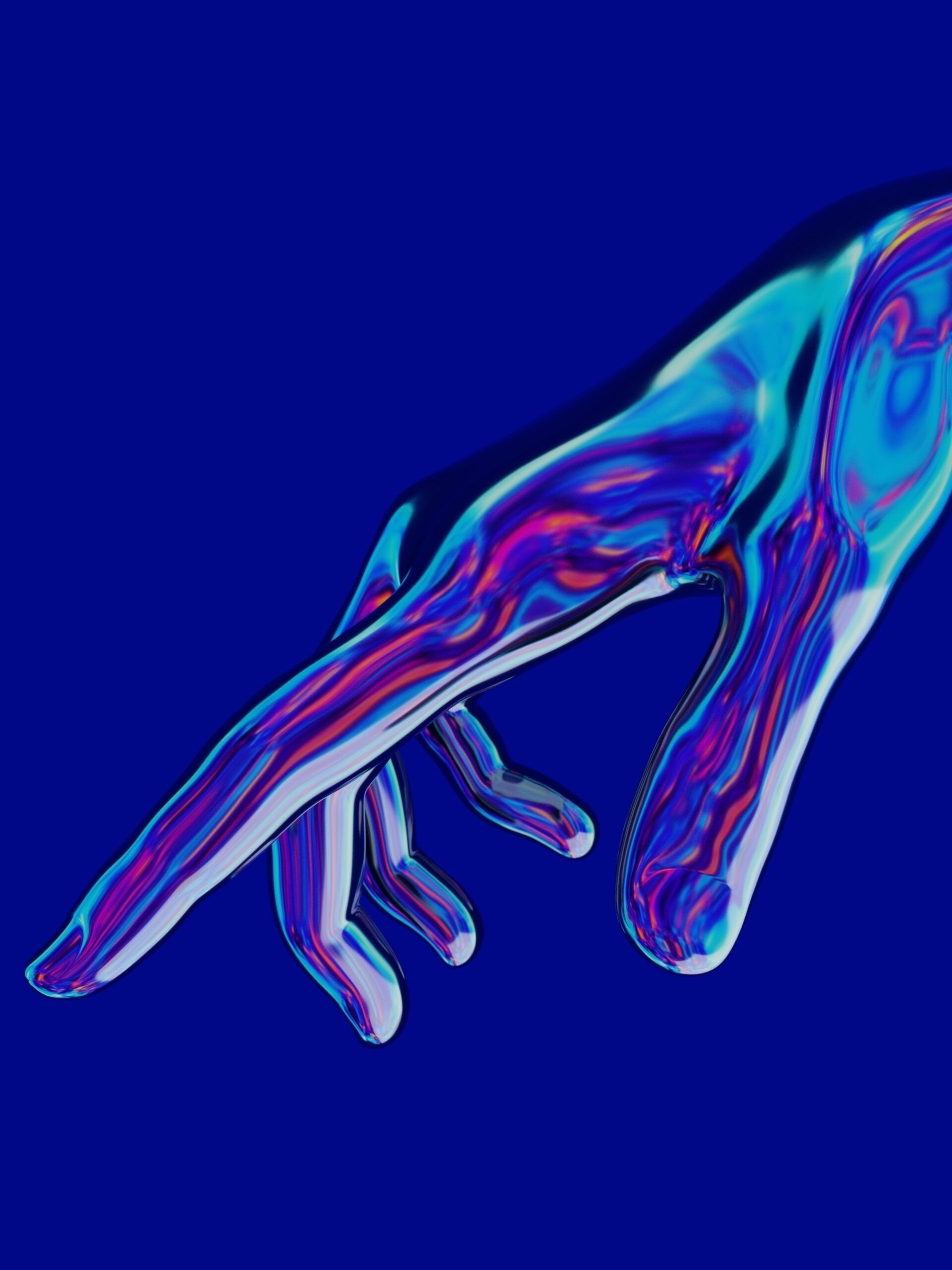What does the future of humanity look like? Many philosophers, writers, and inventors over the decades, since the Industrial Revolution, have imagined that the future will bring about an ever-closer relationship between humans and machines – ultimately culminating in the physical union of biological humans and robotic tools in the form of “cyborgs.”
The term “cyborg” is often used alongside the word “cybernetics,” but the two aren’t the same thing. Cybernetics is actually a broad science relating to communication and control mechanisms in both biological life and machines. In the second half of the 20th century the term was most commonly used to refer to computers in some way, and in 1960 Manfred Clynes created the word “cyborg” out of a combination of “cybernetics” and “organism.”
Real-life Cyborgs
Though the definition of cyborg isn’t exact, it’s usually understood to be a combination of “biological and technological components.” By that simple definition anyone with an artificial limb or even a hearing aid could be considered a “cyborg,” but most of the time it is usually used in reference to something more than that.
In science fiction and the popular imagination, cyborgs are often stronger, faster, and smarter than “regular” humans, with robotic additions to their bodies that give them enhanced capabilities. When enthusiasts discuss humanity’s cyborg future, this expanded human potential is what drives their passion.
Movies like RoboCop and video games like Deus Ex are just a couple of examples of cyborgs in entertainment, but with each year we’re seeing more and more impressive real-life examples of human/machine integrations. One well known example of this is “blade style” prosthetic legs, which have been the subject of debate regarding whether they give competitive athletes unfair advantages. Setting aside the complicated issue of regulating advanced artificial limbs within competitive sports, it’s astounding to recognize that technology has now reached a point where prosthetics are arguably superior to natural limbs for certain tasks.

Smart phones offer instant access to knowledge and tools, and many people are already accustomed to having these devices on them all day, every day, so it’s easy to see the appeal of technologies that can integrate those features into our bodies permanently. Smart glasses like Google Glass are one step in that direction, and smart contact lenses that offer magnification or augmented reality features are already in development.
Once those smart contact lenses become useful and comfortable enough to wear all day, it seems inevitable that doing so will become the norm for most people who have access to the technology, in the same way smart phones quickly became an expected part of modern life. And when the majority of people begin to wear these smart contact lenses throughout their waking hours, is it that hard to believe that permanently implanted lenses will be the next step? Hence, it’s very easy to imagine a world in the near future where everyone is walking around with technologically enhanced vision; a world where everyone is, essentially, a cyborg.
Nonetheless, there are already a number of people living today with technological additions to their bodies that explicitly consider themselves “cyborgs.” Artists Neil Harbisson and Moon Ribas are the founders of The Cyborg Foundation, an advocacy group focused on cyborg issues. Harbisson has an antenna implanted into his head that allows him to perceive colors as musical notes (among other functions), while Ribas has a magnet in her elbow that vibrates in response to earthquakes occurring around the world. Both of these “cyborgs” use their enhancements as part of their work as artists, but there are a number of other famous cyborgs with implants or advanced prosthetics that use the technology incorporated into their bodies for a wide range of practical purposes.
Cyborg Advocates and the Singularity
The “cyborg” lifestyle has a number of high profile advocates. Elon Musk has a financial interest in the field in the form of his investment in Neuralink, a brain-computer interface, and has publicly said that humans will need to interface with technology in order to compete with advanced artificial intelligence in the future.
Inventor and futurist Ray Kurzweil is one of the most famous advocates of “transhumanism,” the idea that humans of the future will be something different and “more” than the biological humans of today. Kurzweil is well known for his predictions about the near future of technology, several of which have already come true, and he has gone on record as believing all humans will be “hybrids” by 2030, capable of accessing the internet directly via our brains.
Kurzweil is also well known as a proponent of “the Singularity,” the idea that at some point in the future the pace of technological progress will speed up dramatically, likely due in part to the use of artificial intelligence. Predictions about the Singularity often involve ideas of significant changes to humanity itself, possibly through a merging of human and artificial consciousnesses and bodies. For those interested in the potential of cybernetic biological enhancements, the Singularity is exciting because it could represent a point at which ideas that were once wild sci-fi dreams actually become an attainable reality.
Cyborgs and Cryonics
Cryonics is the science of using ultra low temperatures to preserve human bodies and brains after death. The goal of cryonics is to keep the body and brain in good condition so that future medical science can revive them and restore them to life and consciousness.
One of the biggest debates within the world of cryonics is the question of whether a whole body needs to be preserved, or if it’s enough just to preserve the brain itself. Since it’s easier and more affordable to preserve a head rather than a whole body, there are clear advantages to the “neuropreservation” option – but many cryonics advocates are understandably wary about the idea of leaving their bodies behind in the past.
Of course, even a cryonics patient who undergoes whole body preservation is likely to be facing some physical degradation issues when they are revived in the future. Bodies age, and the preservation process hasn’t yet been perfected. This is the point at which cryonics and cybernetics will potentially intersect.
Whatever the biological state of the patient, cybernetics will most likely be used to restore, replace, and enhance the body in order to get it ready for life in the future. A combination of biological and mechanical components might be constructed that replicates a person’s body as it was in their healthiest years, and at that point it might not matter very much at all whether a person’s whole body or just their head made the trip into the future with cryopreservation.

Cryonics also has a notable overlap with the belief in a future technological Singularity, since reaching that point as an individual might be critical to achieving what is effectively “immortality” – that is, a world where human bodies no longer age or wear out, and one in which our consciousnesses can be backed up onto computers. Thus, it’s not surprising that Singularity advocate Ray Kurzweil also plans to be cryogenically preserved if his plan to stay alive until the Singularity happens doesn’t work out.
Cyborgs now and in the future
The “cyborgs” that exist in real life today possess technological enhancements in their bodies that would have been considered pure science fiction just a few decades ago. From dental implants to pacemakers, from hearing aids to smart glasses, millions of humans today are already living with technology in or on their bodies, every single day.
While skepticism about future predictions is healthy, and cybernetic organisms may not look exactly like what we expect from science fiction, is it really that hard to imagine that human/machine hybridization will continue over the coming decades? With as omnipresent as smart phones have become in a short period of time, is it really a stretch to imagine people will be willing and eager to have the functionality of the devices integrated into their bodies, eyes, and brains?













